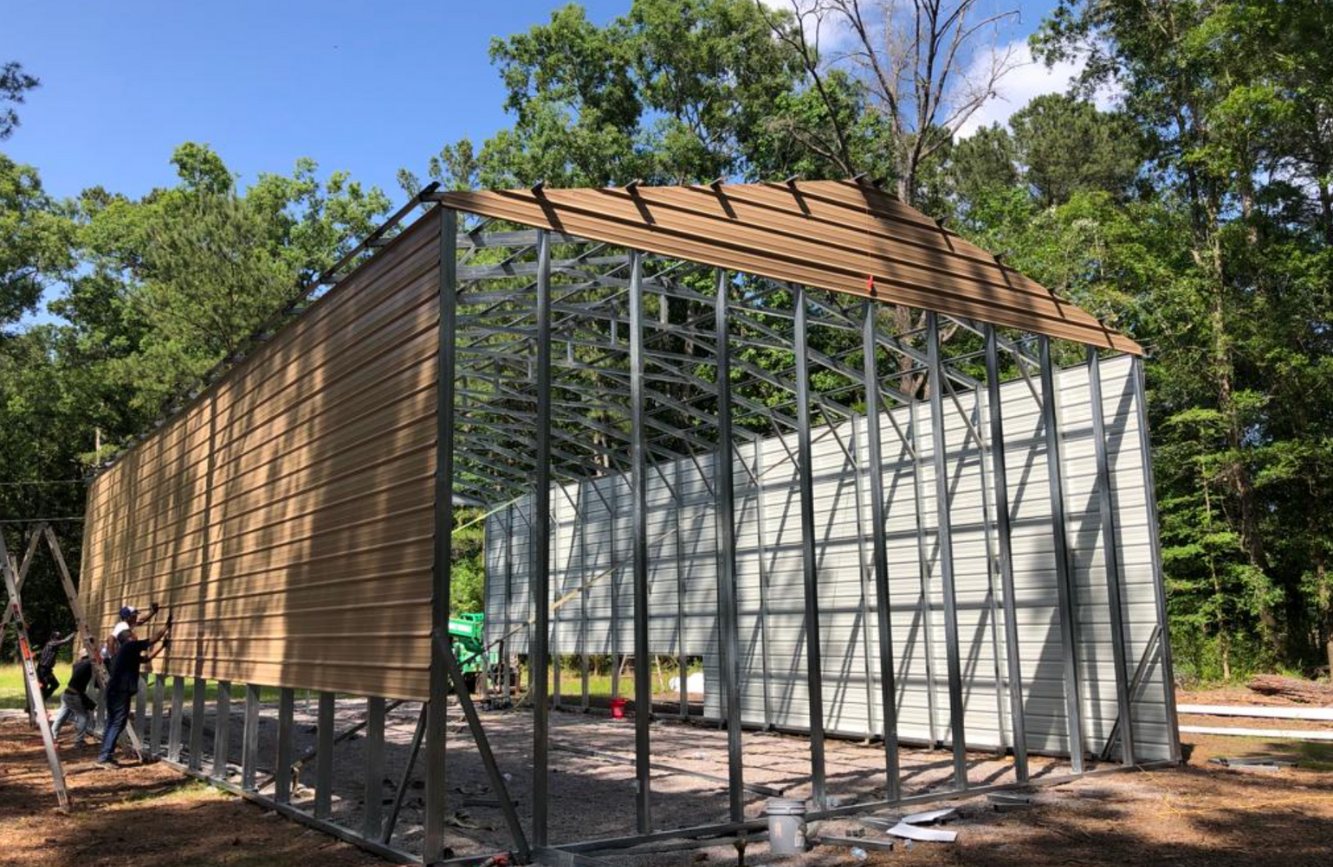
Today, the demand for quick, efficient building methods is on the rise. For whatever type of project it is, clients and contractors alike are constantly looking for ways to reduce construction time while maintaining quality and safety standards.
But how exactly does fast construction work? Here is an overview of the techniques and strategies involved in speeding up the building process.
1. Pre-Construction Planning
The foundation of any successful fast construction project is thorough pre-construction planning. This stage involves detailed architectural designs, budgeting, material procurement, and scheduling. Using advanced project management software helps construction teams stay organized and on track. By meticulously planning the entire process upfront, construction firms can foresee potential delays, resolve issues early, and ensure that all the necessary resources are available when needed.
2. Modular and Prefabricated Construction
One of the most popular techniques in fast construction is modular or prefabricated building. This method involves manufacturing building components off-site in a controlled environment. These components, often entire rooms or sections of a building, are then transported to the construction site for assembly. Since much of the work is done simultaneously off-site while the foundation is being laid, this method significantly reduces construction time. Prefabrication also minimizes weather-related delays and enhances quality control, as the building components are produced in optimal conditions.
3. Use of Advanced Materials
In fast construction, the choice of materials plays a critical role. High-performance concrete, steel framing, and lightweight materials like insulated panels and composites are often used to speed up the building process. These materials not only offer durability but are also easier and quicker to install than traditional options. Self-leveling concrete, for example, can be poured faster and sets more quickly, allowing for speedier progress on floors and foundations.
4. Innovative Construction Techniques
Fast construction also relies on innovative techniques such as 3D printing and automation. 3D-printed building components are gaining popularity for their precision and rapid production times. Meanwhile, robotic technologies are used for repetitive tasks like bricklaying, increasing efficiency and accuracy. These innovations significantly cut down on labor time and minimize human error.
5. Efficient Project Management and Collaboration
Effective collaboration between architects, engineers, contractors, and suppliers is essential for fast construction. Clear communication and streamlined decision-making processes ensure that any issues are addressed quickly, keeping the project on schedule.
Fast construction is achieved through careful planning, modern building techniques like prefabrication, the use of advanced materials, and strong project management.
